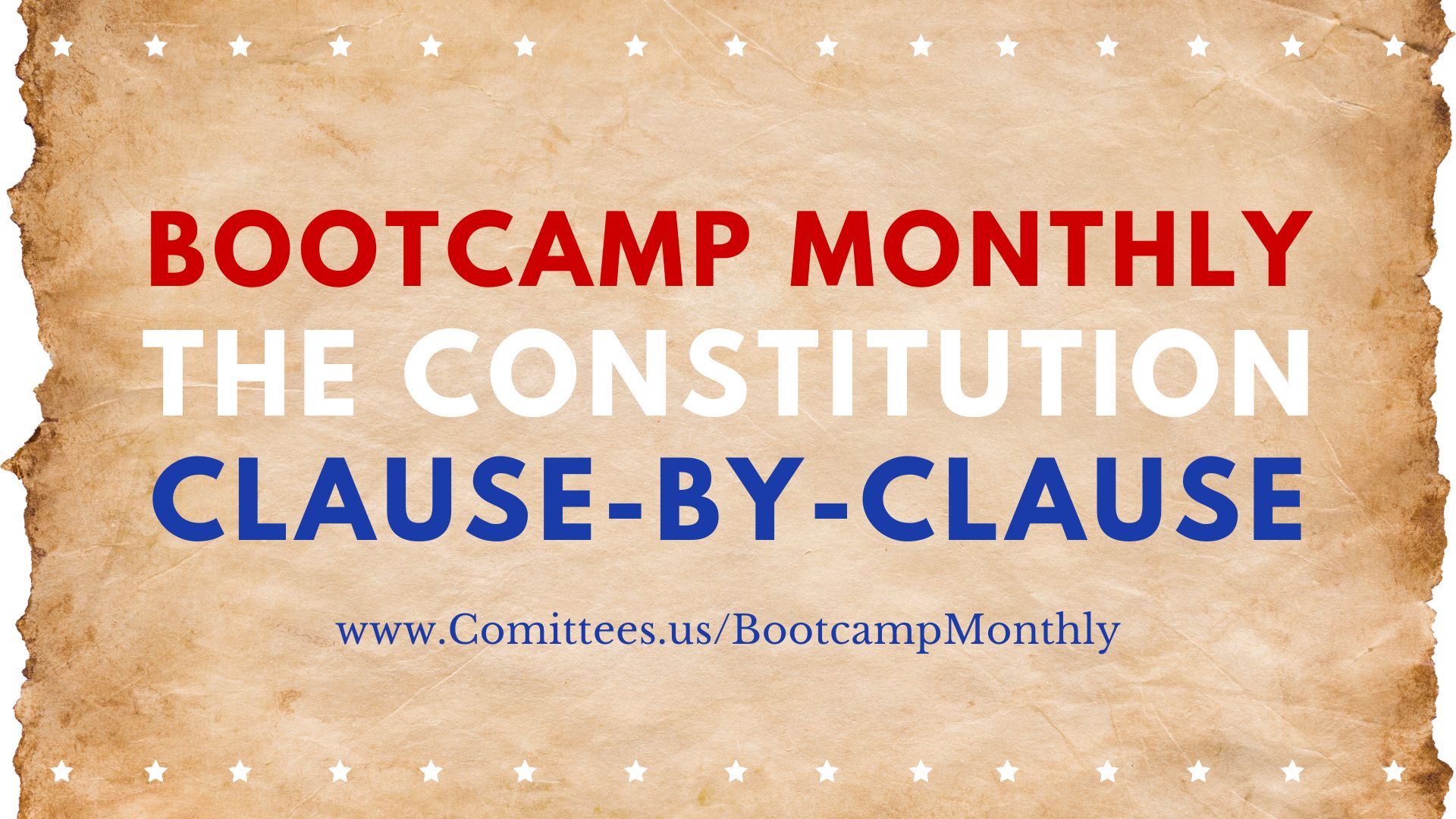William James Van Schreeven’s The Committees and the Second Convention, 1773-1775: A Documentary Record (Revolutionary Virginia the Road to Independence, Vol 2) is part of a larger multi-volume work that offers a detailed documentary history of Virginia’s path to independence during the American Revolution. This particular volume focuses on the period leading up to the Second Virginia Convention in 1775, as well as the role of various revolutionary committees in organizing resistance to British rule and laying the groundwork for independence.
Main Themes of the Book:
- Committees of Correspondence and Safety in Virginia: Van Schreeven explores the development and function of the Committees of Correspondence and Committees of Safety in Virginia. These bodies were instrumental in organizing colonial resistance to British policies, providing leadership at the local level, and creating a system of governance that would eventually replace British authority in the colony. The volume contains numerous documents, including meeting minutes, letters, and resolutions, which reveal the inner workings of these committees.
- Preparations for the Second Virginia Convention: A key focus of the book is the lead-up to the Second Virginia Convention, which took place in March 1775. This convention was a crucial turning point in Virginia’s movement toward independence, as it was here that figures like Patrick Henry famously called for military preparedness against British forces (“Give me liberty, or give me death!”). Van Schreeven presents a rich collection of documents that show the debates and decisions leading up to the convention, shedding light on how Virginians were preparing for the possibility of war.
- Communication and Coordination Between Colonies: The book details how the Virginia Committees of Correspondence maintained lines of communication with other colonies, ensuring that Virginia was aligned with broader colonial resistance efforts. The documents illustrate the efforts of the Virginia committees to share information, coordinate boycotts, and organize military preparations in concert with other colonies, helping to build a united front against British rule.
- Local Governance and Revolutionary Legitimacy: One of the key roles of the committees, as revealed in the documentary record, was to maintain order and governance in a time of growing instability. With British authority increasingly undermined, the committees took on functions such as enforcing laws, managing local militias, and overseeing the distribution of supplies. Van Schreeven shows how these committees were central to maintaining revolutionary legitimacy and preventing chaos during the transition from British rule to self-governance.
- Debates Over Independence and Loyalty: The documents in this volume also reveal the internal debates that took place within Virginia regarding the push for independence. While many Virginians were increasingly convinced that a break with Britain was necessary, there were still significant numbers of Loyalists and those who advocated for reconciliation with the Crown. The records show how these debates played out in the meetings of the committees and at the Second Convention, as revolutionary leaders sought to build consensus for independence.
- Military Organization and Preparedness: Van Schreeven provides insight into the military preparations made by the committees and the Second Convention in anticipation of armed conflict with British forces. Documents included in the volume detail the raising of militias, the stockpiling of arms and ammunition, and the development of military strategies to defend Virginia from British reprisals. This period marks the beginning of Virginia’s formal military involvement in the Revolutionary War.
- The Road to Independence: Throughout the book, Van Schreeven emphasizes how the events and decisions of this period were critical steps on Virginia’s road to independence. The actions of the Committees of Correspondence and Safety, as well as the resolutions passed by the Second Convention, laid the foundation for Virginia’s eventual decision to declare independence from Britain in 1776. The documentary record shows how revolutionary sentiment grew in Virginia and how the colony became a leader in the push for American independence.
Historical Significance:
Van Schreeven’s work is important for understanding the organizational and political groundwork that made the American Revolution possible in Virginia. By providing a documentary record of the decisions and actions taken by revolutionary leaders and committees, the book offers a detailed look at the transition from colonial governance under British rule to independent self-government. The documents in this volume provide valuable insights into the thought processes and strategies of Virginia’s revolutionary leaders, including figures like Patrick Henry, Thomas Jefferson, and Richard Henry Lee.
Conclusion:
William James Van Schreeven’s The Committees and the Second Convention, 1773-1775 is an essential resource for understanding the pivotal role Virginia played in the American Revolution. Through its collection of primary documents, the book offers a rich and detailed account of how revolutionary committees and conventions helped organize resistance to British rule and prepare the colony for independence. It is an invaluable work for scholars, students, and anyone interested in the political and military history of Virginia during the Revolutionary War.





